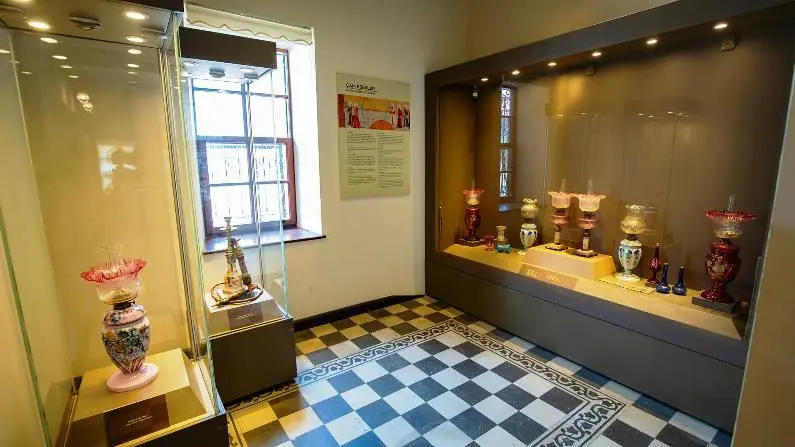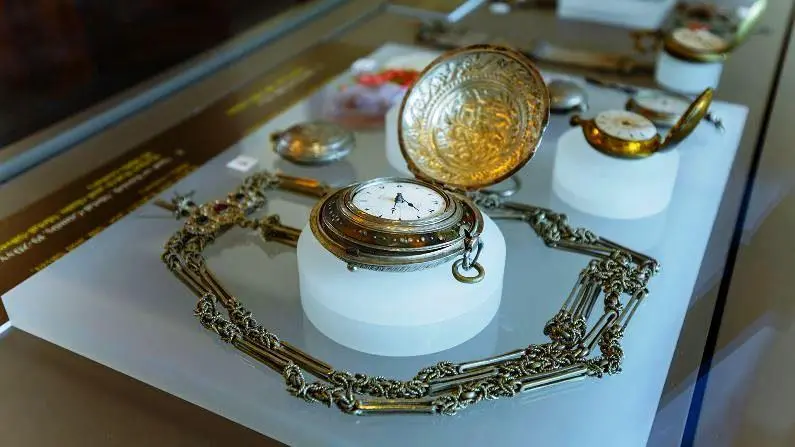Antalya Ethnographic Museum
Description
The Antalya Ethnography Museum, which was created by arranging two historical mansions from the Ottoman period, is located in Kaleiçi, the tourist district of the city center.
The museum, which is divided into Lower and Upper Mansions according to its location, exhibits Turkish-Islamic artifacts in the Lower Mansion section and objects related to the daily life of the people of Antalya during the Ottoman period in the Upper Mansion section, accompanied by animations.
On the first floor of the Lower Mansion, in addition to the artifacts found in the Kaleiçi excavations, there are tiles from the Seljuk period, when the Aspendos Theatre was used as a palace. The Ottoman artifacts include pieces produced in the ceramic centers of the period such as Iznik, Kütahya and Çanakkale, as well as handmade glass products. The second floor is devoted to Ottoman weapons and other objects of daily use, as well as examples of calligraphy.
In Üst Konak, where re-enactments play an important role, the domestic life of Antalya during the Ottoman period is presented in different rooms and with objects specific to the period. Yoruk life, which has an important place in Antalya's culture, is also brought to life with re-enactments. Inscriptions, cannons with cannon balls and tombstones from the Seljuk and Ottoman periods can be seen in the gardens of the villas.
Short Description
The Antalya Ethnography Museum, which was created by arranging two historical mansions from the Ottoman period, is located in Kaleiçi, the tourist district of the city center.








